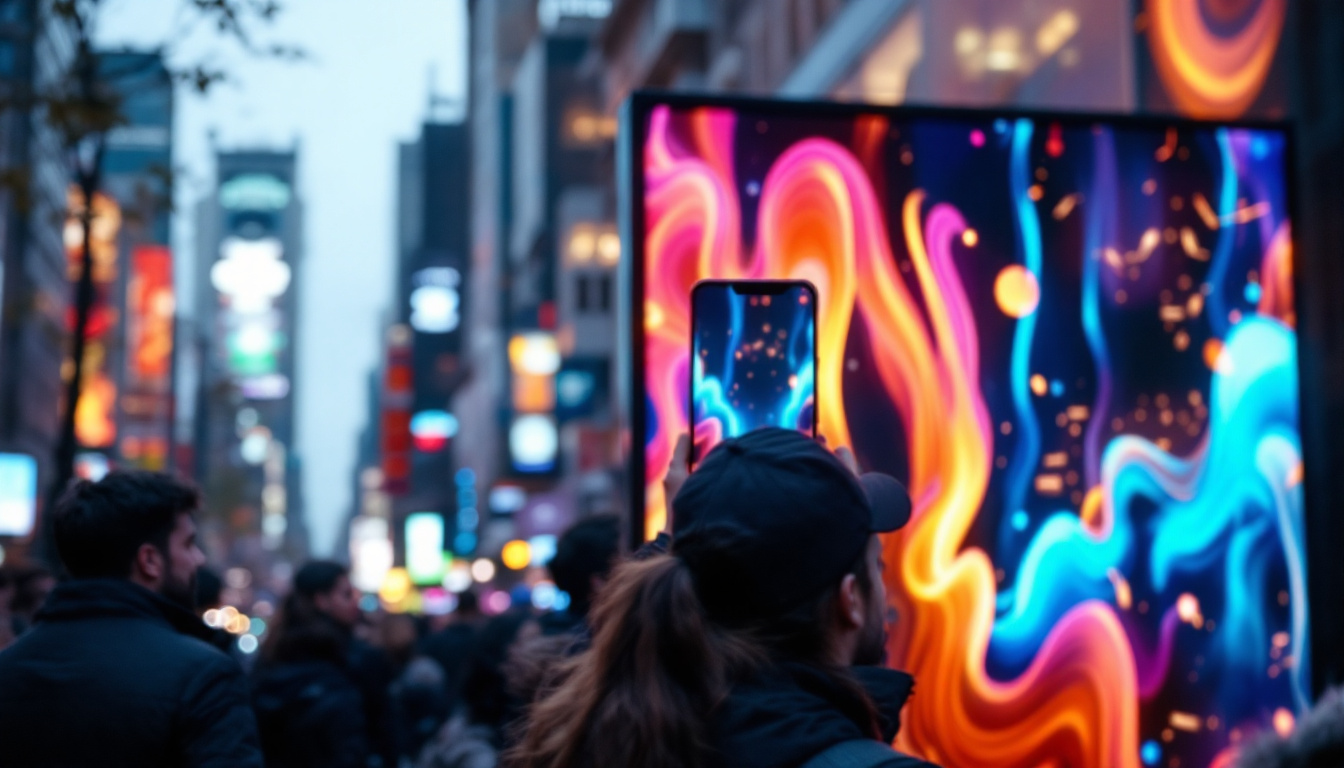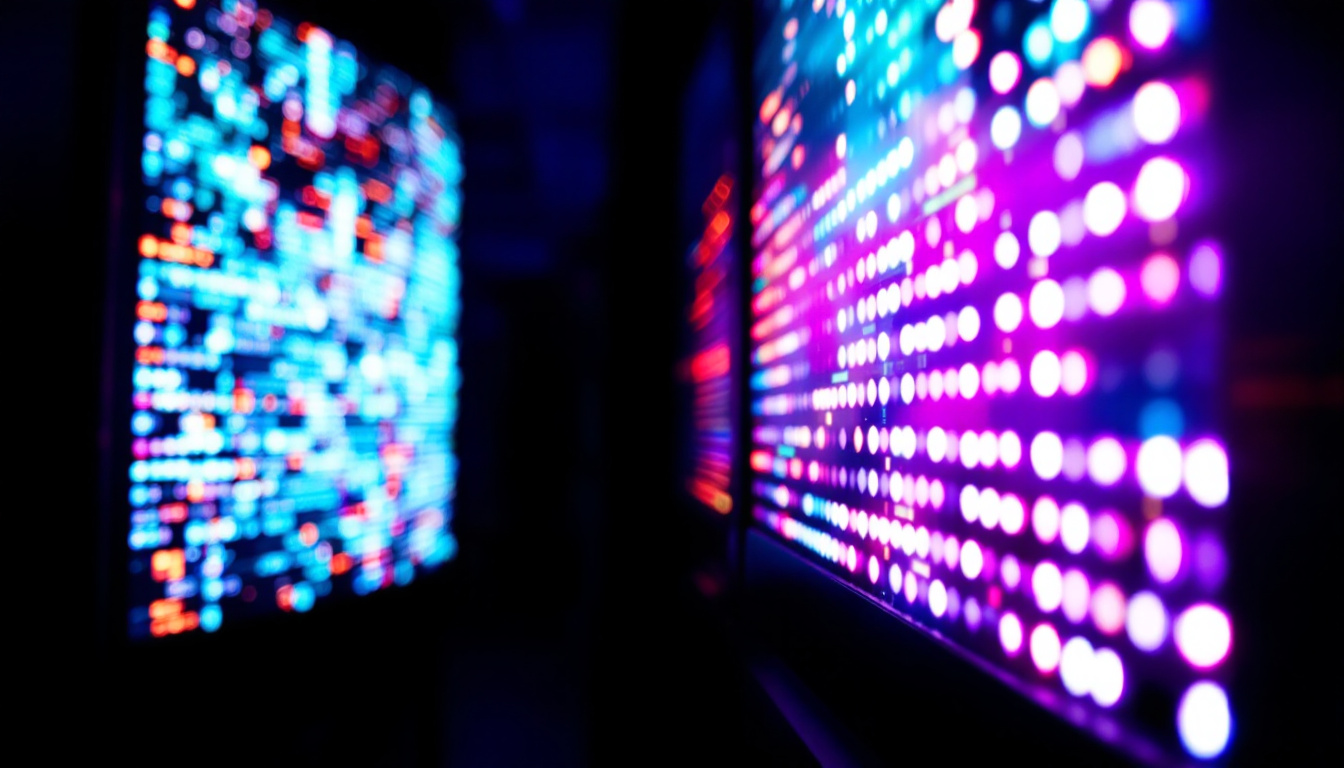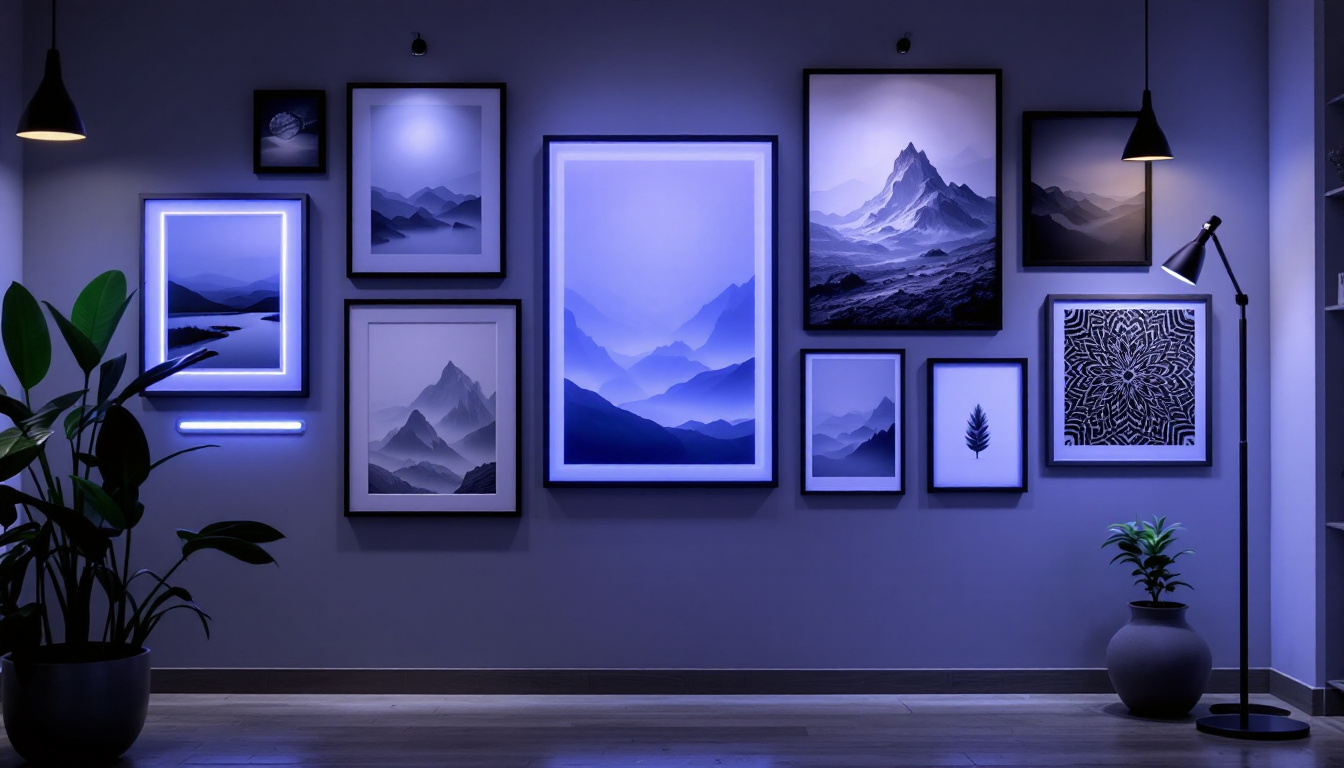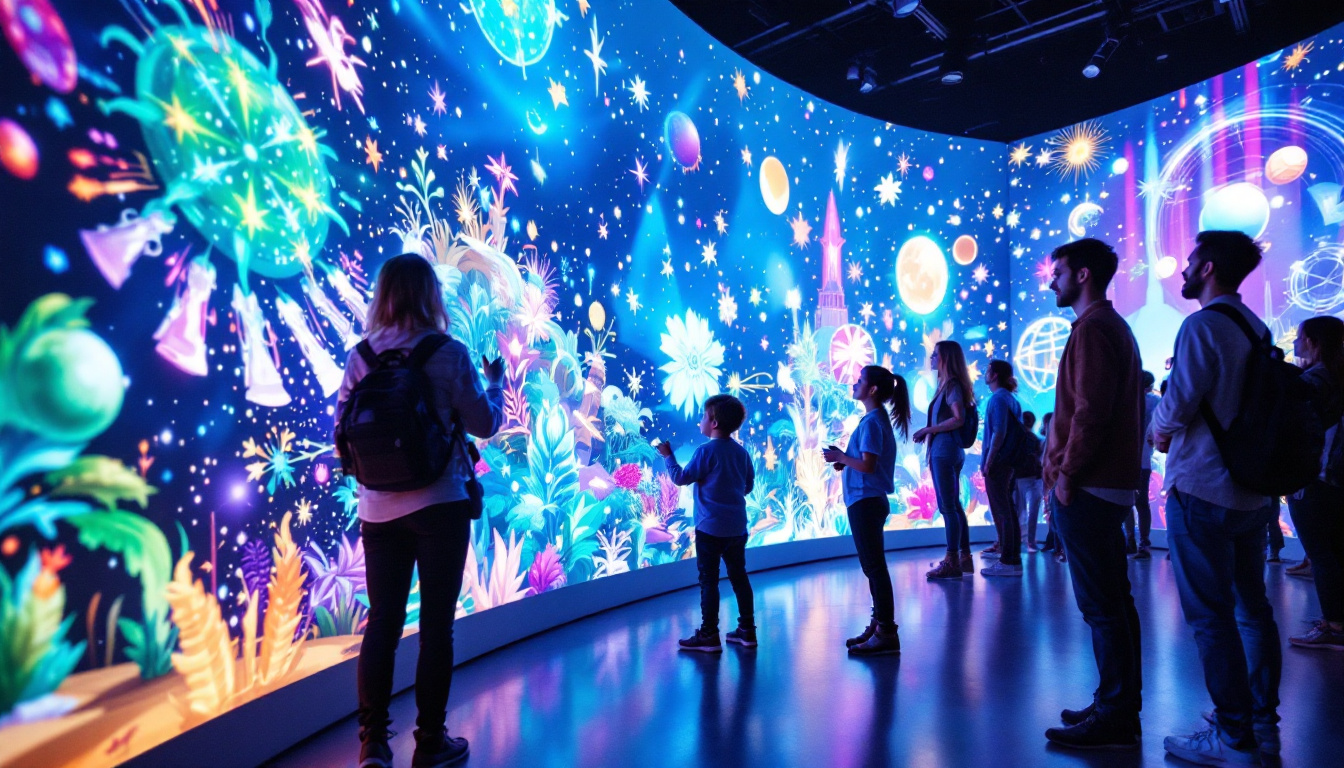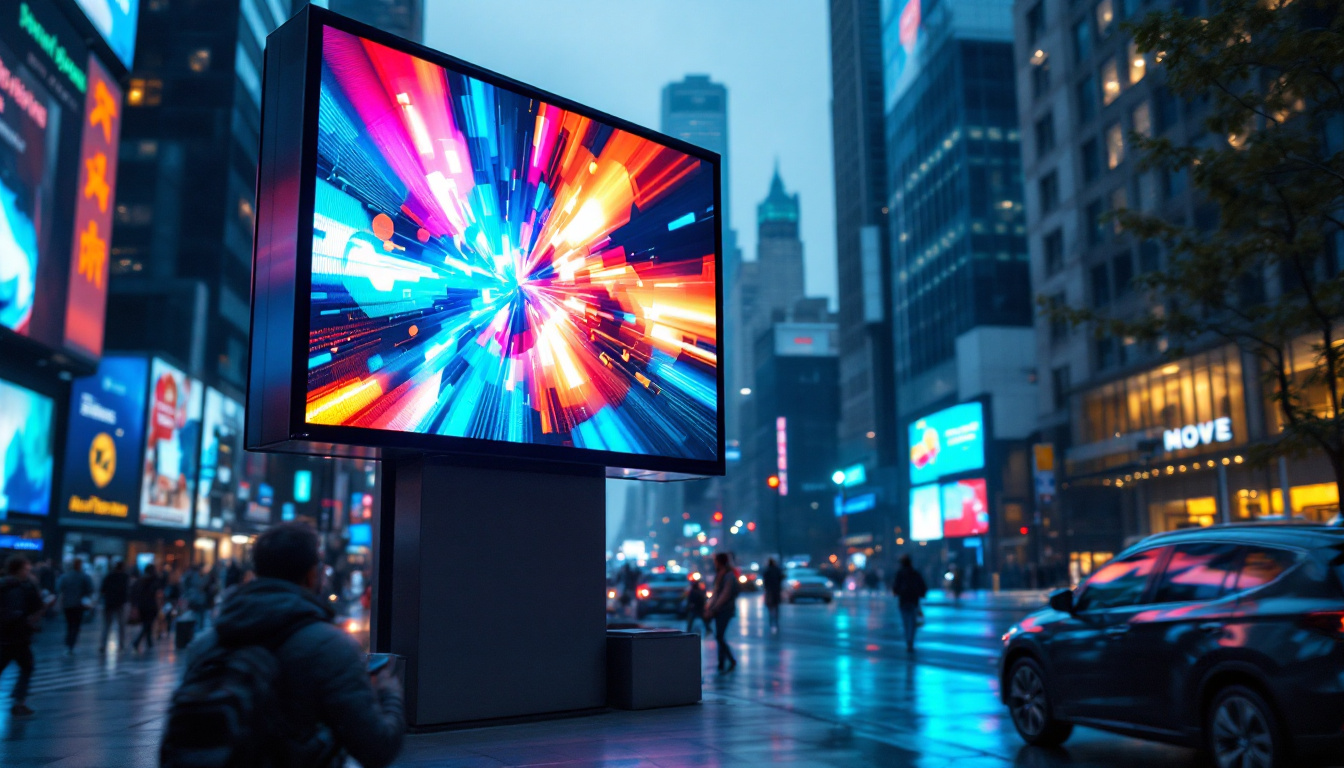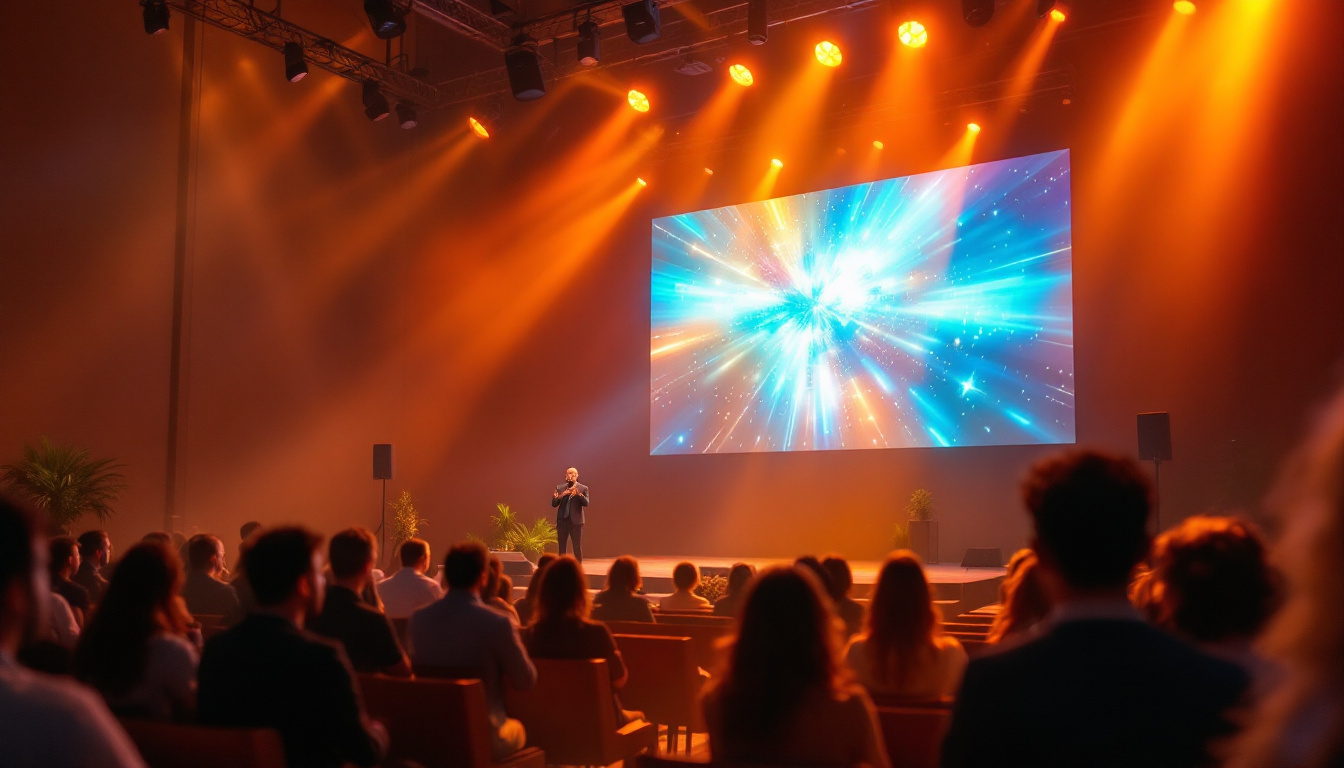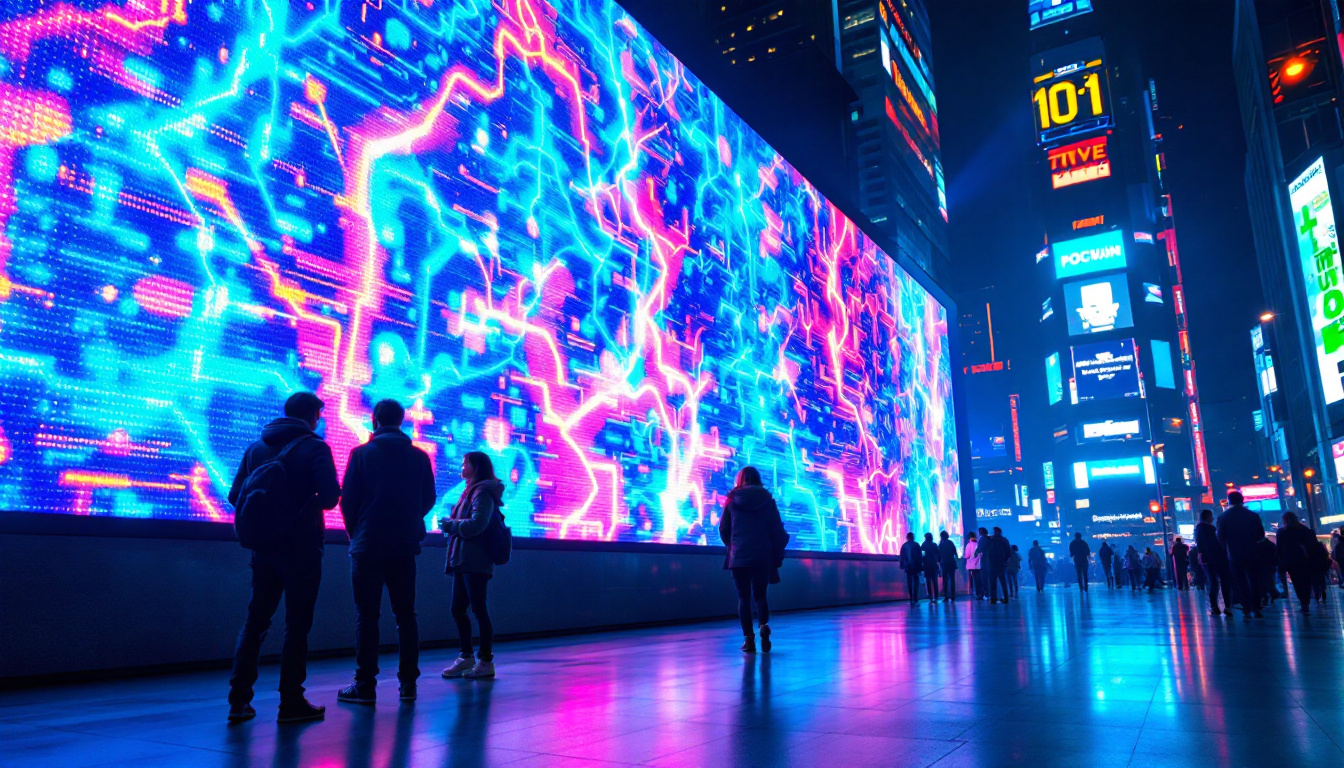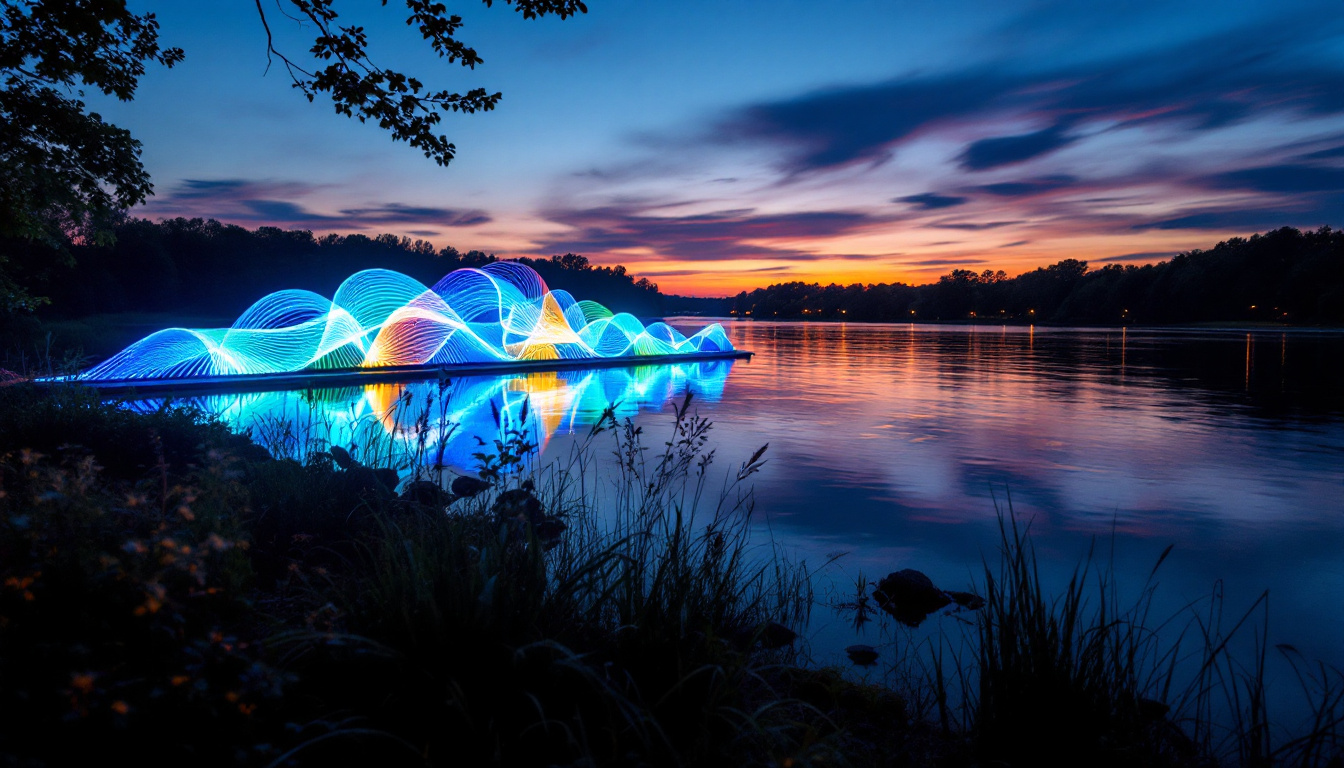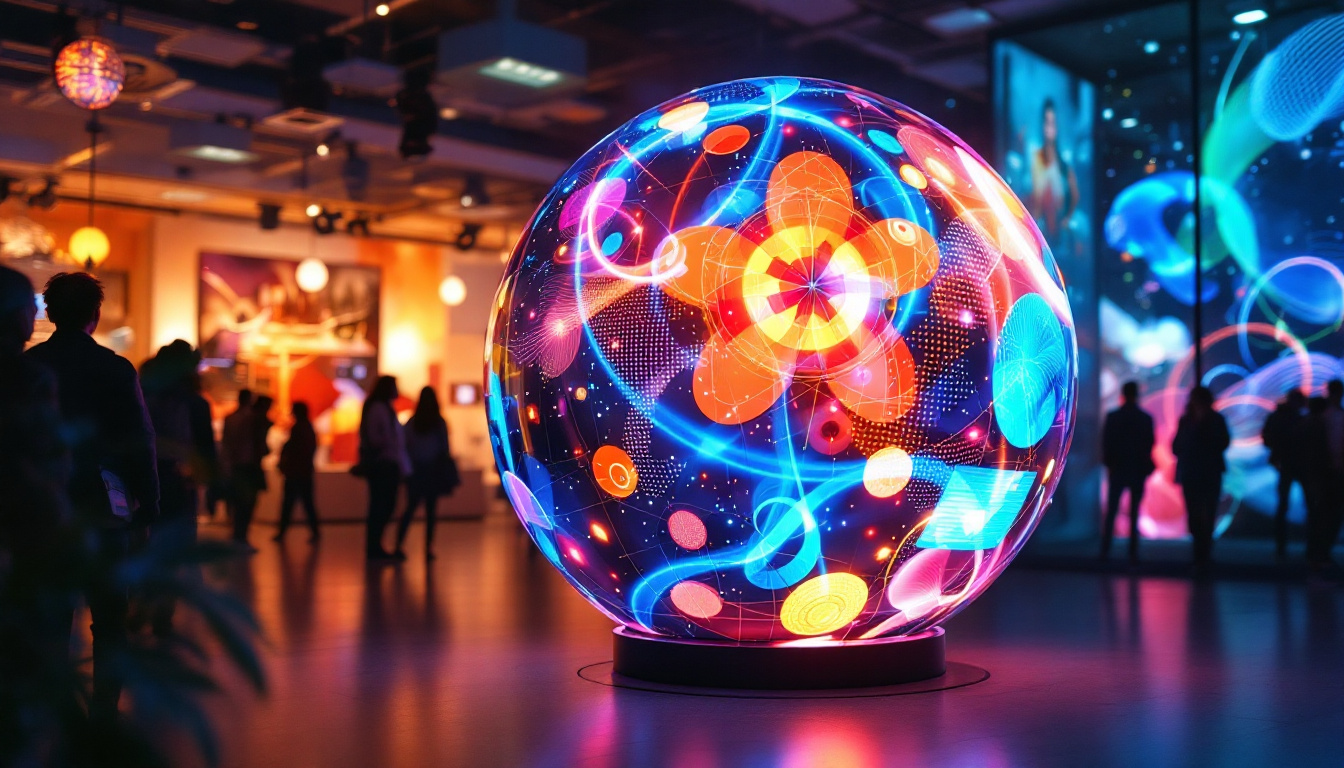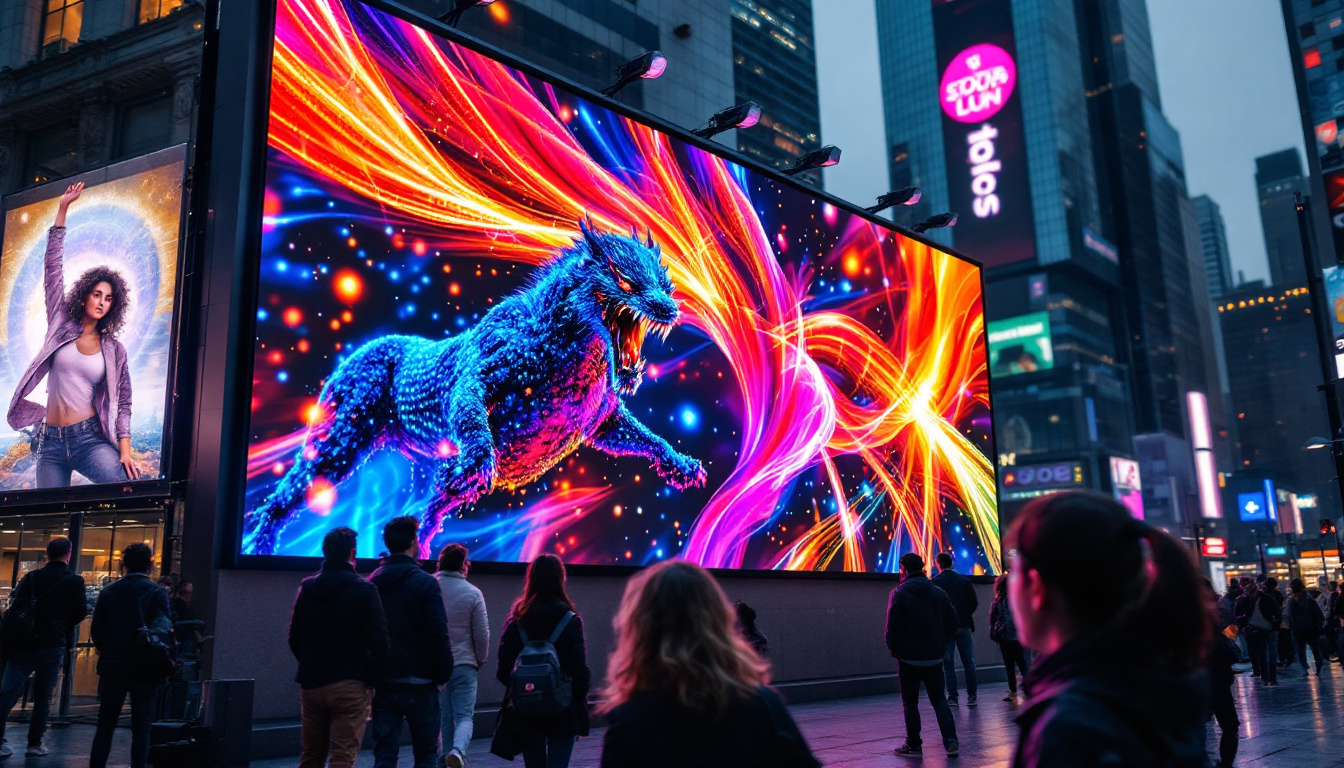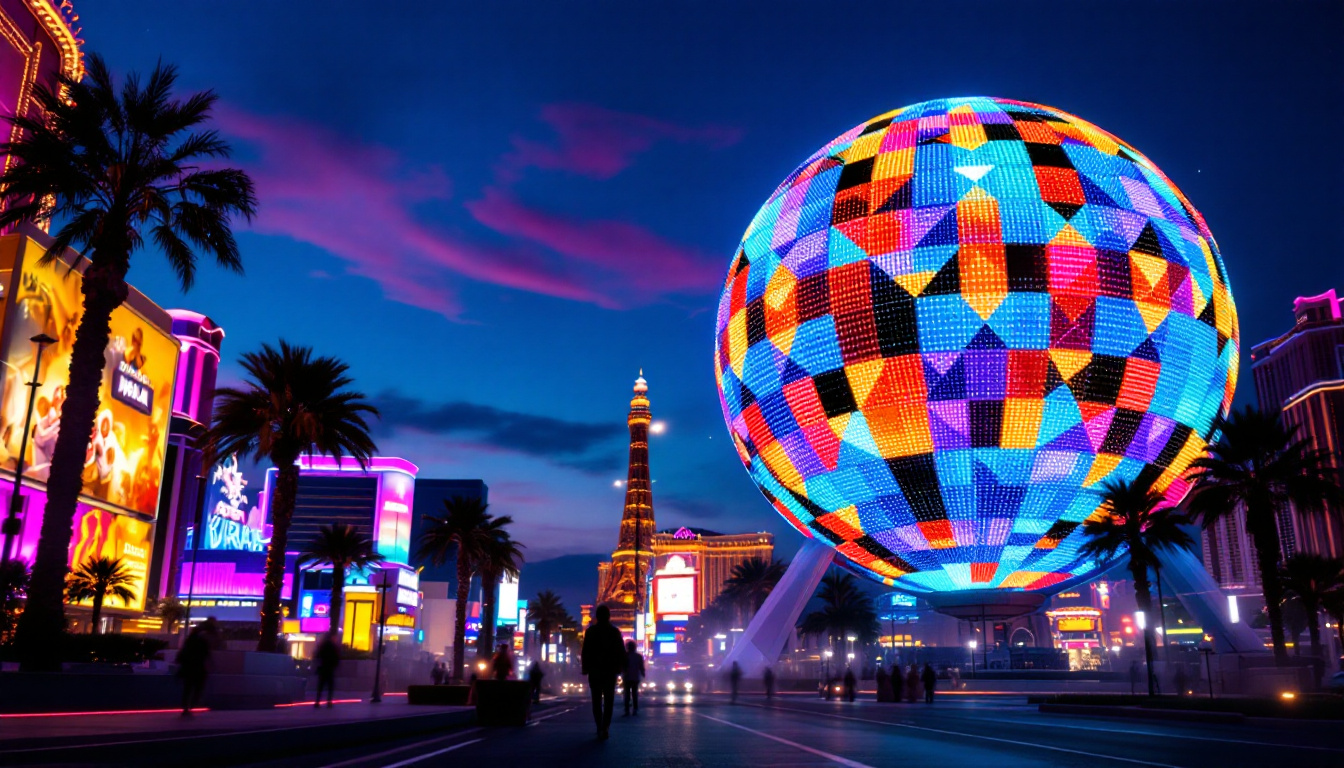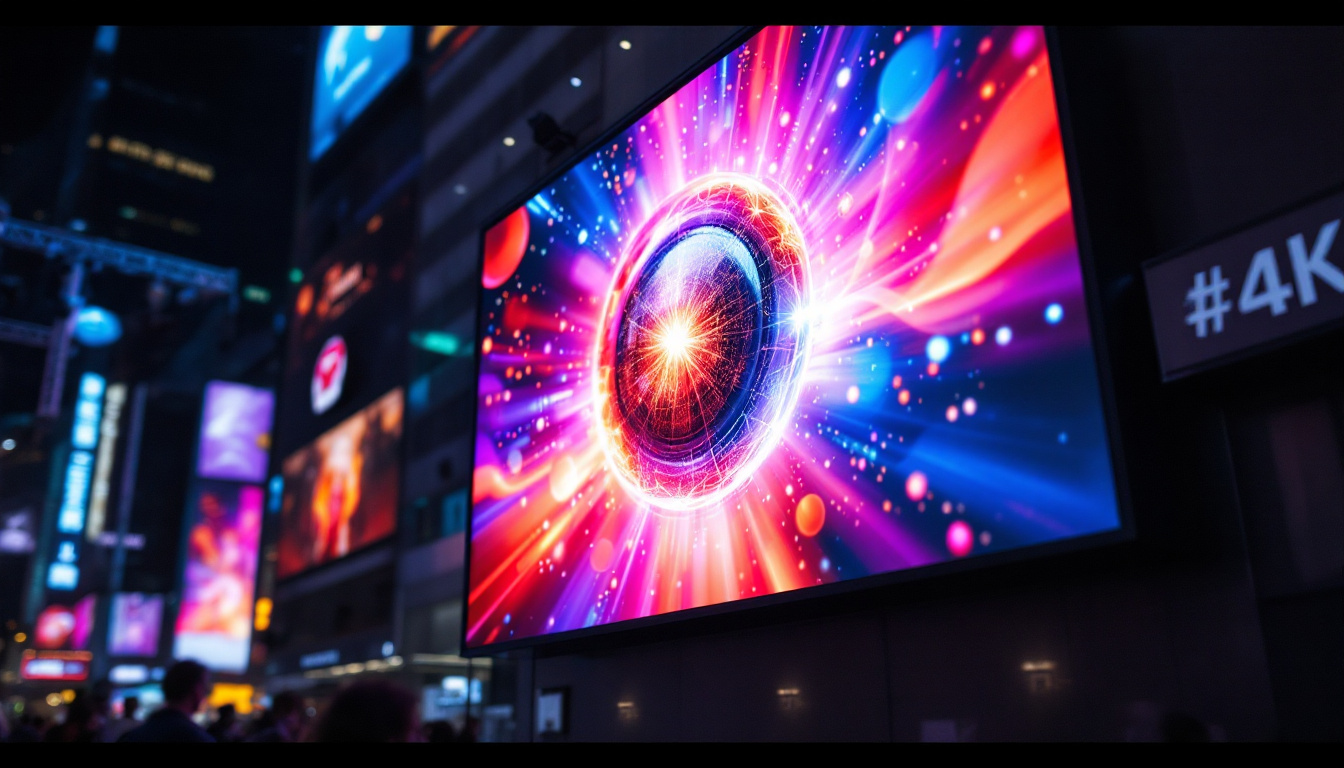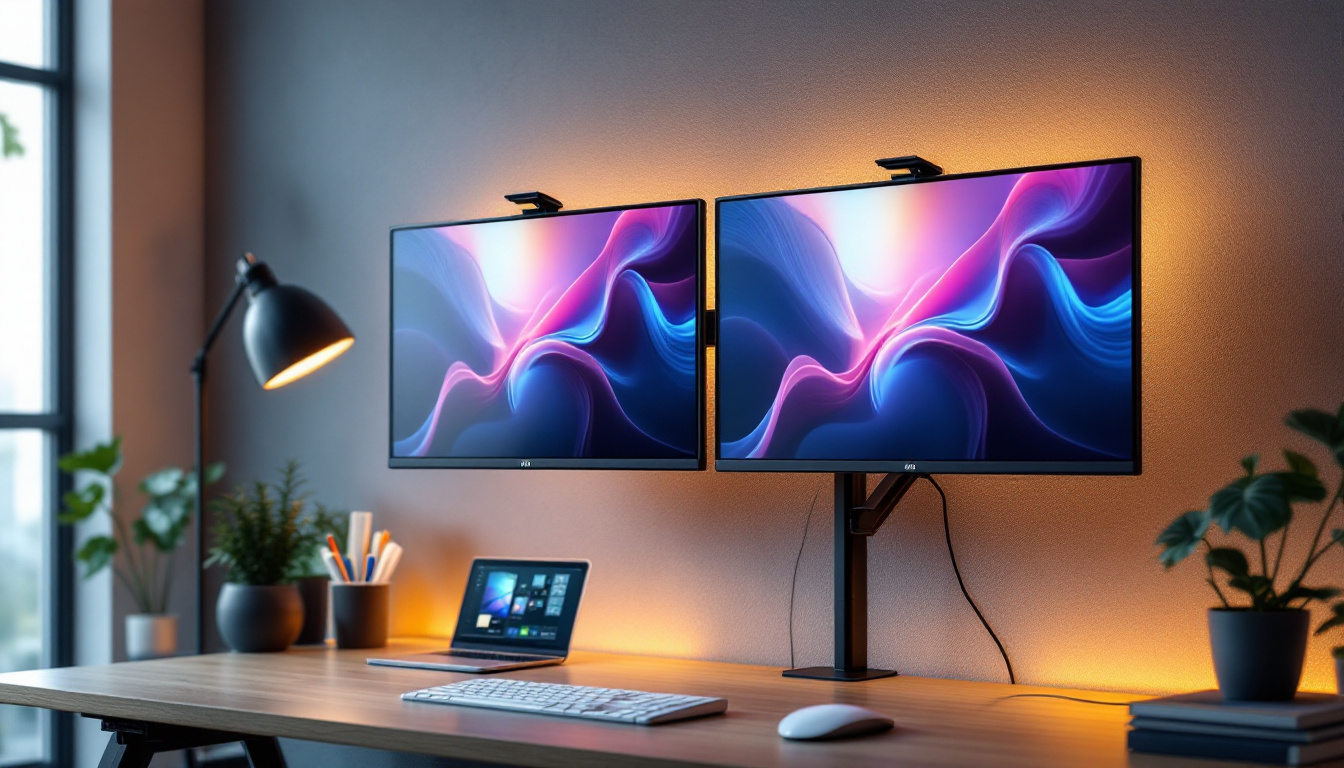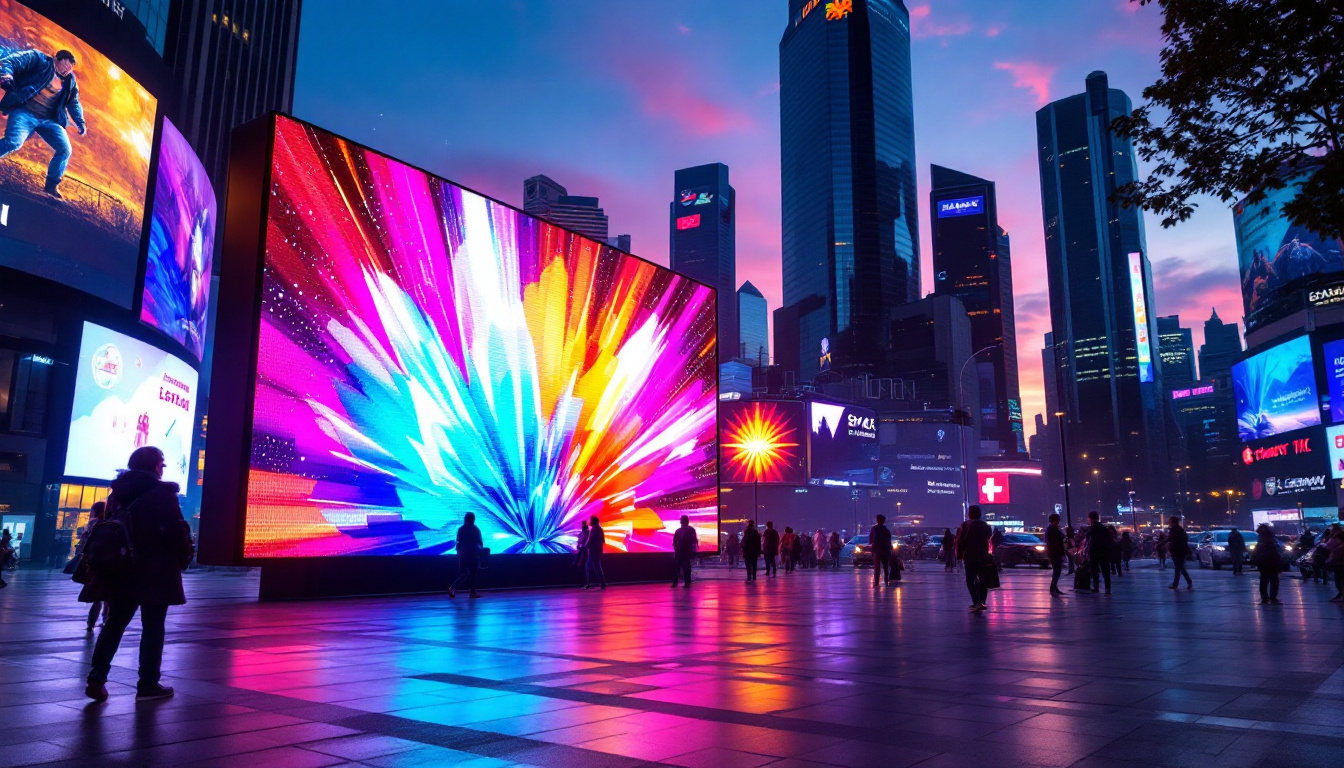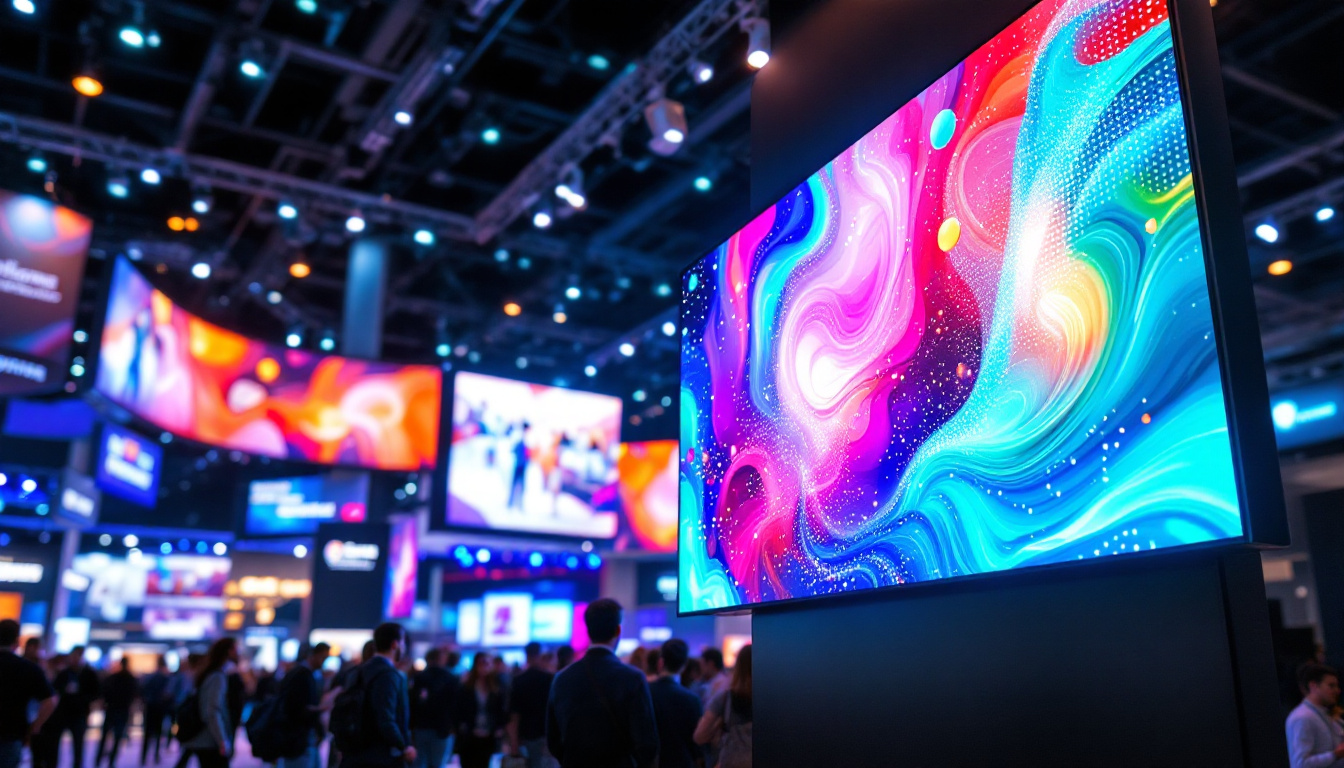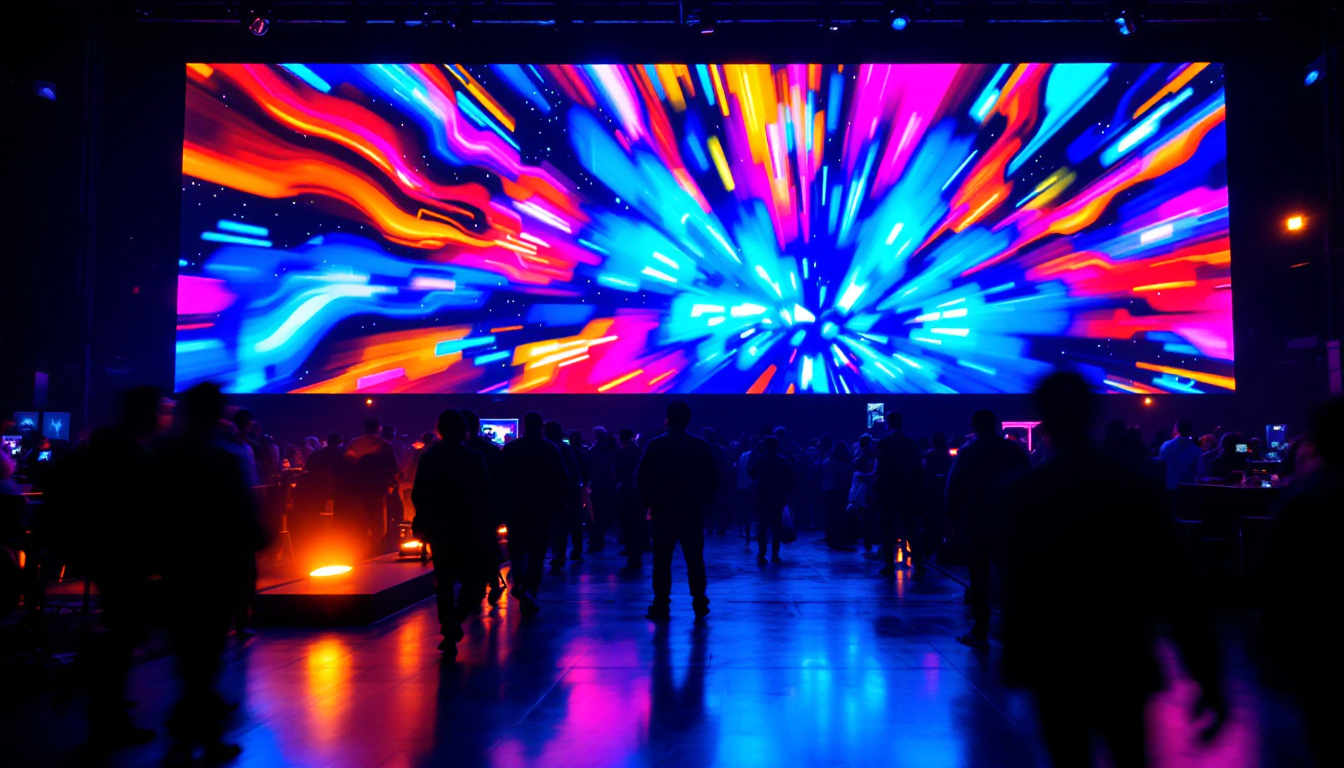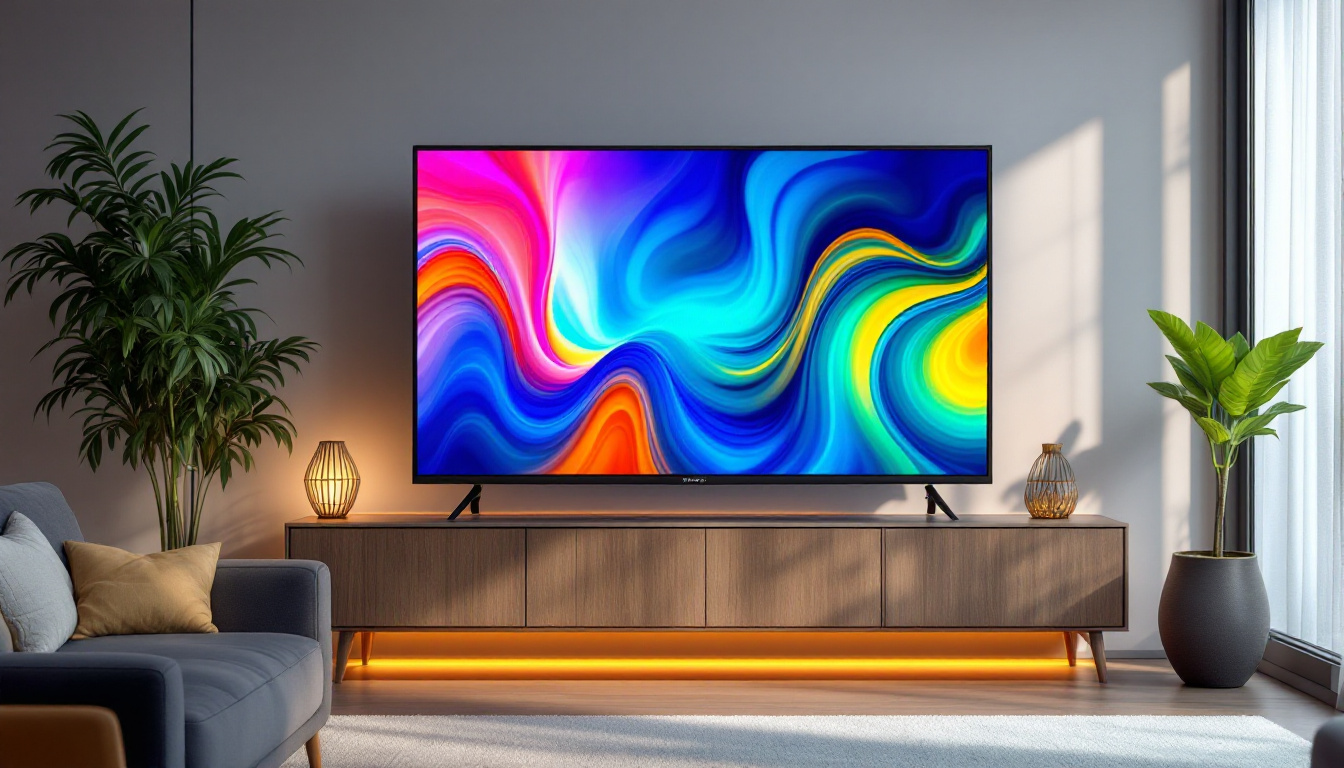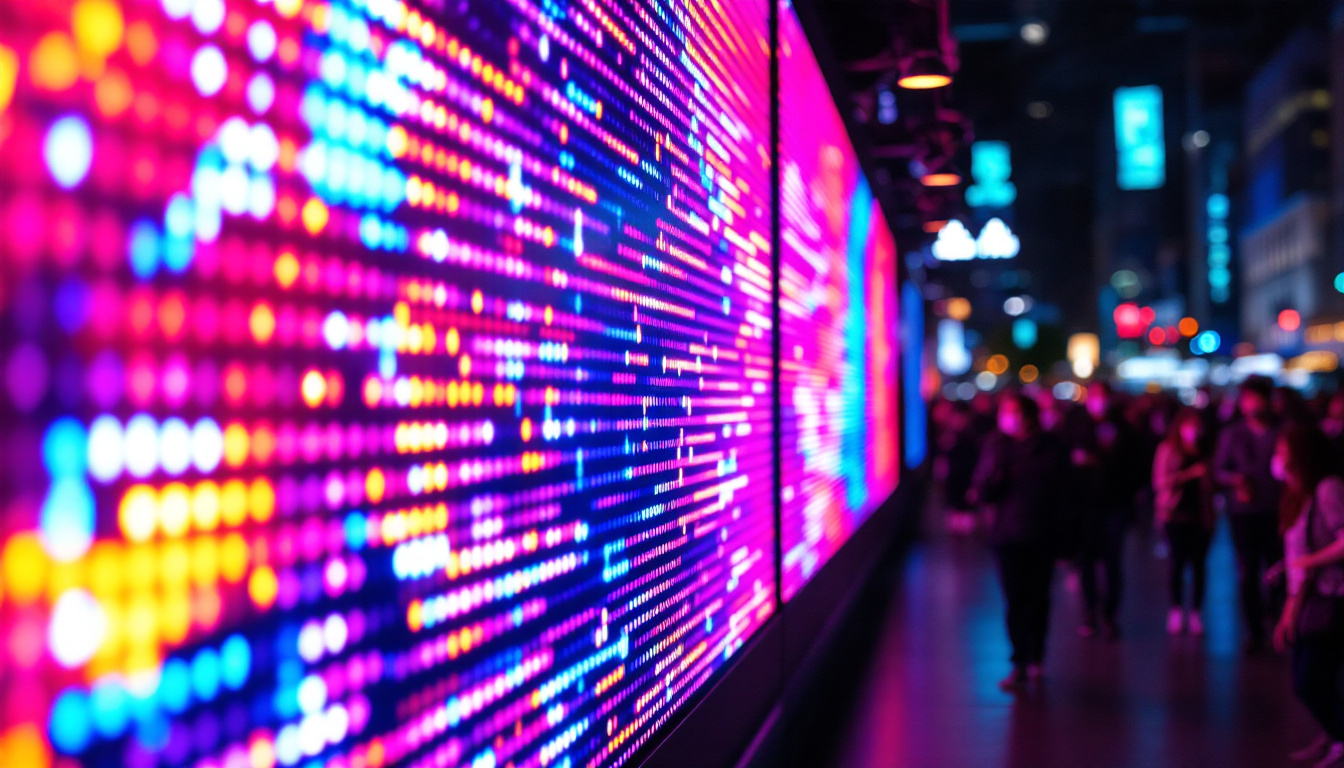In the rapidly evolving world of technology, LED displays have emerged as a cornerstone of modern visual communication. Among the various applications of LED technology, the concept of the “plantar surface” has gained attention, especially in fields like advertising, information dissemination, and artistic installations. This article delves into the intricacies of plantar surface LED displays, exploring their design, functionality, applications, and future trends.
Understanding LED Displays
LED (Light Emitting Diode) displays are electronic devices that use LEDs as their primary light source. These displays are known for their brightness, energy efficiency, and versatility, making them suitable for a wide range of applications. Unlike traditional displays that rely on backlighting, LED displays emit light directly from the diodes, resulting in vibrant colors and sharp images. This direct emission not only enhances the visual experience but also contributes to the longevity of the display, as LEDs typically have a longer lifespan compared to other light sources.
Types of LED Displays
LED displays can be categorized into several types based on their configuration and application. The most common types include:
- Direct View LED Displays: These displays are made up of individual LED modules that form a larger screen. They are often used in outdoor advertising and large venues due to their high brightness and visibility. Their ability to withstand various weather conditions makes them ideal for billboards and public displays.
- LED Video Walls: Comprising multiple LED panels, video walls can create large-scale visual experiences. They are frequently used in concerts, sports events, and corporate environments. The seamless integration of these panels allows for dynamic content that can engage audiences in a way that traditional screens cannot.
- OLED Displays: Organic LED displays offer superior color accuracy and contrast ratios. They are commonly found in high-end televisions and smartphones. The flexibility of OLED technology also allows for curved and ultra-thin designs, which can enhance the aesthetic appeal of consumer electronics.
How LED Displays Work
LED displays function by passing an electric current through a semiconductor material, which then emits light. Each pixel in an LED display is made up of red, green, and blue (RGB) diodes, allowing for a wide spectrum of colors when combined. The intensity of each diode can be adjusted to create various shades and brightness levels, enabling the display to render complex images and videos. This capability is particularly beneficial in applications such as gaming and virtual reality, where immersive visuals are crucial.
Moreover, advancements in LED technology have led to the development of features such as HDR (High Dynamic Range), which enhances the contrast and color range of the displayed content. This technology allows viewers to experience more lifelike images with deeper blacks and brighter whites. Additionally, the integration of smart technology into LED displays has enabled features like touch interactivity and connectivity with other devices, further expanding their utility in educational and professional settings.
The Concept of Plantar Surface
The term “plantar surface” refers to the bottom or sole of an object, typically in a biological context. However, in the realm of LED displays, it signifies a unique approach to display technology that focuses on interactive and immersive experiences. Plantar surface LED displays are designed to engage users in a more tactile manner, often incorporating touch-sensitive technology and responsive lighting. This innovative design not only captures attention but also encourages users to interact with their environment in a playful and engaging way, transforming ordinary spaces into dynamic experiences.
Design Considerations
When designing plantar surface LED displays, several factors come into play:
- Durability: Given that these displays may be subject to foot traffic or physical interaction, durability is a key consideration. Materials used must withstand wear and tear while maintaining functionality. High-grade polymers and reinforced glass are often utilized to ensure longevity, allowing the displays to remain operational even in high-traffic areas such as shopping malls or airports.
- Responsiveness: The ability to respond to user interaction is crucial. This can be achieved through pressure sensors or touch-sensitive technology that detects movement or contact. The responsiveness can be fine-tuned to provide varying levels of feedback, from subtle vibrations to visual changes, enhancing the user experience and encouraging further interaction.
- Visual Appeal: Since these displays often serve as focal points in public spaces, their visual design must be captivating and engaging, utilizing vibrant colors and dynamic animations. Creative use of lighting patterns can evoke different moods or themes, making the displays suitable for various events or seasonal decorations.
Technological Integration
Integrating advanced technology into plantar surface LED displays enhances their functionality. For instance, some displays incorporate motion sensors that trigger specific visual effects when users walk over them. Others may use augmented reality (AR) to create interactive experiences that blend the digital and physical worlds. This can allow users to engage with virtual elements projected onto the display, such as games or educational content, making the experience not only entertaining but also informative.
Furthermore, the integration of data analytics can provide valuable insights into user behavior and interaction patterns. By tracking how users engage with the display, designers can refine content and improve the overall experience. This data can also be leveraged for marketing purposes, allowing businesses to tailor their offerings based on real-time feedback from customers. As technology continues to evolve, the potential for plantar surface LED displays to create unique, memorable experiences is virtually limitless, paving the way for innovative applications in various sectors, from retail to education.
Applications of Plantar Surface LED Displays
The versatility of plantar surface LED displays allows them to be utilized in various sectors, each benefiting from their unique features. Here are some prominent applications:
Advertising and Marketing
In the advertising realm, plantar surface LED displays provide an innovative way to capture consumer attention. retailers can use these displays to create interactive advertisements that respond to customer movements, encouraging engagement and enhancing brand recall. For example, a shoe store might feature a display that lights up with vibrant colors when customers step on it, drawing them into the store.
Public Installations
Public spaces, such as parks, museums, and transportation hubs, are increasingly adopting plantar surface LED displays. These installations serve both functional and aesthetic purposes, guiding visitors while also providing an immersive visual experience. For instance, a museum might use a plantar surface display to create an interactive exhibit where visitors can learn about art pieces by stepping on different sections of the display.
Event Experiences
At events such as concerts, festivals, and trade shows, plantar surface LED displays can create a dynamic atmosphere. They can be used to enhance stage performances, providing a visually stunning backdrop that reacts to the music or audience movements. This interactive element can significantly elevate the overall experience for attendees.
Benefits of Plantar Surface LED Displays
The adoption of plantar surface LED displays offers numerous advantages that make them an attractive option for various applications. Some of the key benefits include:
Enhanced User Engagement
By incorporating interactive elements, plantar surface LED displays foster a deeper connection between users and the content being presented. This engagement can lead to increased retention of information and a more memorable experience overall.
Energy Efficiency
LED technology is inherently energy-efficient, consuming less power compared to traditional display technologies. This efficiency not only reduces operational costs but also aligns with sustainability goals, making it a preferred choice for environmentally conscious organizations.
Customization and Flexibility
Plantar surface LED displays can be customized to fit specific needs and branding requirements. Their modular design allows for scalability, enabling organizations to create displays of various sizes and configurations. This flexibility is particularly beneficial for businesses looking to adapt their marketing strategies quickly.
Challenges and Considerations
While plantar surface LED displays offer exciting possibilities, there are also challenges and considerations that must be addressed. Understanding these factors is essential for successful implementation.
Cost Implications
The initial investment for plantar surface LED displays can be significant, especially for high-quality installations. Organizations must weigh the costs against the potential benefits and return on investment. Additionally, ongoing maintenance and operational costs should be factored into the overall budget.
Technical Limitations
Despite advancements in technology, there are still technical limitations to consider. For instance, the resolution of the display may impact the quality of visuals, particularly in larger installations. Ensuring that the display meets the desired standards for clarity and brightness is crucial for effective communication.
User Experience Design
Creating an intuitive user experience is vital for the success of plantar surface LED displays. Poorly designed interactions can lead to confusion or frustration among users. Therefore, thorough testing and user feedback should be integral parts of the design process to ensure a seamless experience.
The Future of Plantar Surface LED Displays
As technology continues to advance, the future of plantar surface LED displays looks promising. Innovations in materials, interactivity, and integration with other technologies will likely shape the next generation of displays.
Integration with IoT and AI
The integration of Internet of Things (IoT) technology and artificial intelligence (AI) is poised to revolutionize the functionality of plantar surface LED displays. By connecting these displays to a network, they can gather data on user interactions, preferences, and behaviors. This information can then be used to tailor content in real-time, creating a more personalized experience.
Advancements in Display Technology
Future developments in LED technology, such as microLED and flexible displays, will enhance the capabilities of plantar surface displays. MicroLED technology offers higher resolutions and improved color accuracy, while flexible displays can be adapted to various surfaces and shapes, expanding the possibilities for creative installations.
Broader Adoption Across Industries
As awareness of the benefits of plantar surface LED displays grows, more industries are likely to adopt this technology. From healthcare facilities using interactive displays for patient education to educational institutions creating engaging learning environments, the potential applications are vast and varied.
Conclusion
Plantar surface LED displays represent a fascinating intersection of technology, design, and user engagement. Their ability to create interactive and immersive experiences sets them apart from traditional display technologies. As advancements continue to unfold, these displays are expected to play an increasingly significant role in various sectors, transforming how information is communicated and experienced.
Organizations considering the implementation of plantar surface LED displays should carefully evaluate their needs, budget, and desired outcomes. By doing so, they can harness the full potential of this innovative technology, creating engaging environments that captivate and inform users.
Discover the Future of Interactive Displays with LumenMatrix
Ready to elevate your space with the latest in LED display technology? LumenMatrix is at the forefront of creating immersive environments through innovative LED solutions. From captivating Indoor and Outdoor LED Wall Displays to dynamic Vehicle and Sports LED Displays, our offerings are designed to transform your visual communication. Experience the power of our Floor LED Displays for that engaging plantar surface interaction, or customize your message with our versatile range of LED solutions. Don’t just communicate; captivate with LumenMatrix. Check out LumenMatrix LED Display Solutions and join the revolution in digital signage today.


